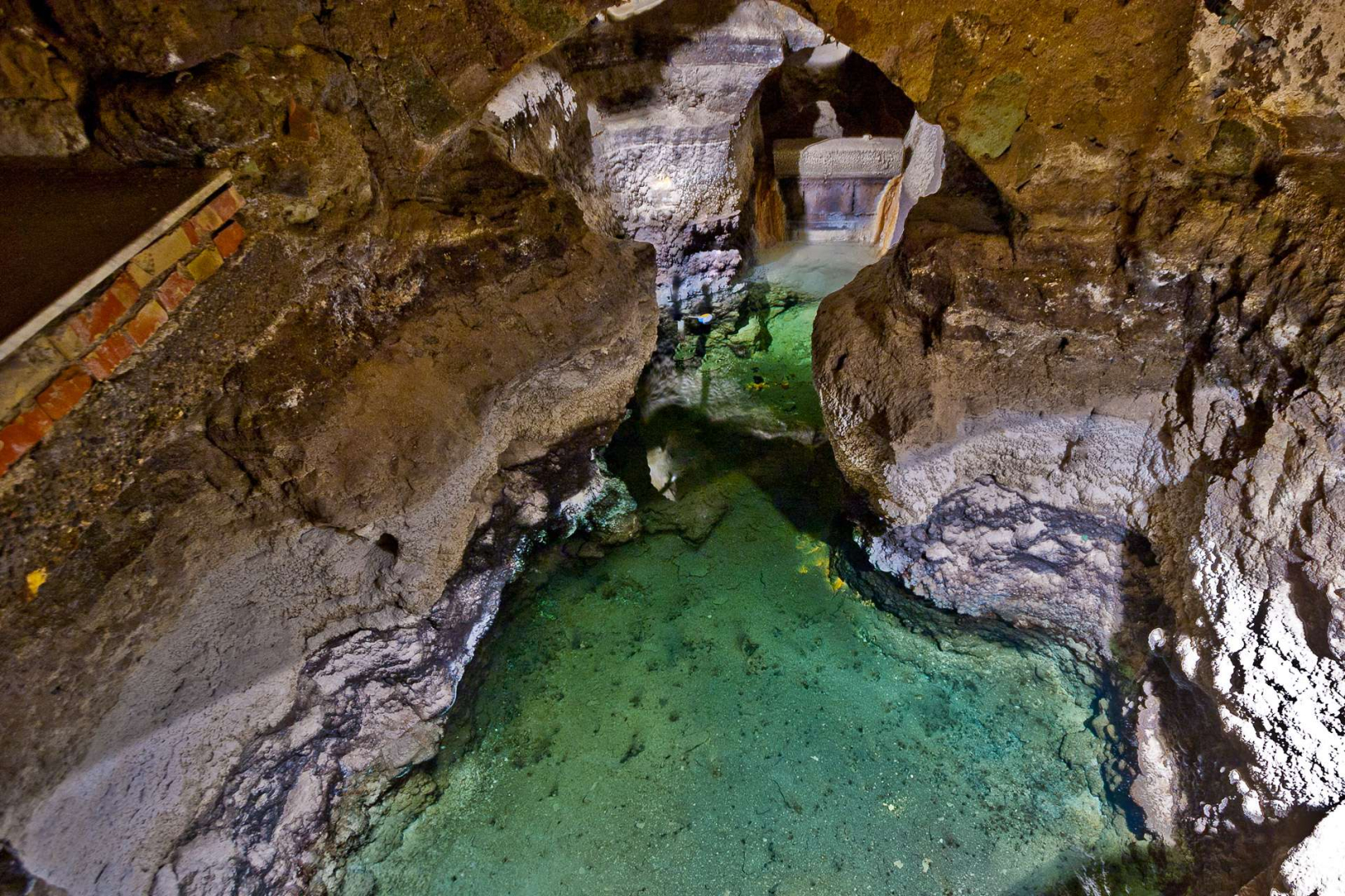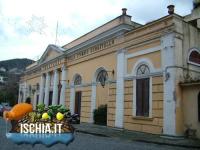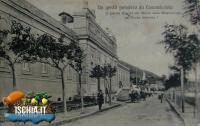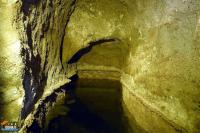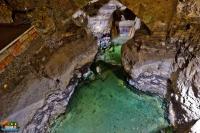The "TERME BELLIAZZI" are built on the historic source of the Gurgitello. in piazza Bagni, are the oldest spa in Casamicciola. King Ferdinand II di Borbone came to Ischia in 1852 and was able to visit the sources of the "Bagno del Gurgitello" in Casamicciola. He immediately decided to build the current establishment according to the example of the Roman Baths to allow the nobility, tourists and the entire population to enjoy the benefits of this water.
The spring is located in Casamicciola Terme, in Piazza Bagni, in the center of the historic spring of Gurgitello, prodigious due to the wonderful successes obtained over centuries of treatment, with the use of mineral waters and its muds.
It is possible to visit the source through the thermal baths of the Belliazzi structure.
What its water looks like
Very clear water, colorless, odorless, with a somewhat alkaline taste, greasy to the touch, contains many alkaline bicarbonates and sulphates, sodium chloride and calcium phosphate.
It carries out:
- a diaphoretic action (sweating) that allows the expulsion of inorganic (carbon dioxide, sodium chloride) and organic (uric acid, urea, lactic acid, etc.) substances from the body;
- an anti-inflammatory action of the diseases of the respiratory tract, pelvic organs, an analgesic action on the nervous system;
- a metabolic action (acts on the brain and pituitary by stimulating the adrenal gland and thyroid);
- it is used in mud therapy for the treatment of: osteoarticular pathologies, osteoarthritis and arthritis, limb myalgia, tendinopathies; in blood circulation disorders and eudermal (skin) diseases.
What the spring looks like
Of all the springs observed and tested by Iasolino, those ones of Gurgitello, in Bagni di Casamicciola, are considered the most effective of all and those that have a very wide range of applications, such as to make them truly unique. Iasolino dedicates a good twenty-four pages of his treatise to these waters, pausing to sing their therapeutic praises and also to report the names of illustrious patients who obtained healing from their ailments.
A small summary is needed to start that starting point for subsequent studies which, over the span of five centuries, have definitively confirmed the scientific theses of the Enlightenment in the light of the achievements of modern medicine
Iasolino writes: “Now let's talk about that very precious bath, commonly called Gurgitello, and its circumstances. It was that, as is commonly said, it benefits sterile women, restores almost worn out men, comforts the stomach, digs out the stone, benefits the liver, heals the mange and excites the appetite, and as the inhabitants of those places say, it has done this wonderful thing, that he dug out and pulled out an iron from a human body, which had been wounded in the chest a year before
The chemical-physical analyzes of the Gurgitello spring was carried out by taking water samples at the Terme Belliazzi.


